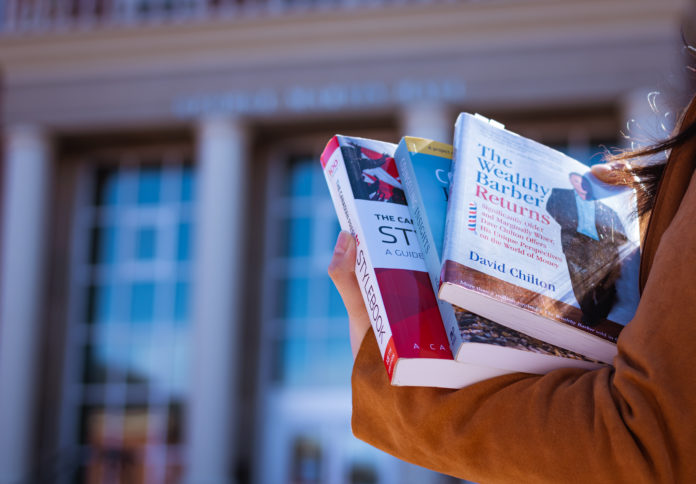Caridad Guerrero, a second-year St. Thomas University student from Ecuador, said one of the things she misses most about in-person classes is hanging out with friends after class and meeting new people in James Dunn Hall.
“I would get introduced to new people every day,” she said. “I think that having that close knit community is what I miss the most.”
Natalia Lanza, a St. Thomas University English and fine arts student from Honduras, said she was happy when she saw the update on March 22 that said STU saw “positive signs that are indicating a more traditional return to campus in September.”
Although she was happy, she said it isn’t realistic to think classes will be fully in-person. Lanza said having her theatre courses in person would be ideal.
“Having those theatre courses and fine arts courses in person, it’s also really important for my major, not only for my mental health,” said Lanza.
Jeffrey Carleton, associate vice-president communications at STU, said it was important to update the community on the decision for next year since course registration was coming up around that time.
He said STU understands students need to make plans for next year regarding coming to Fredericton along with apartment leases and residence.
STU wants to announce their final decision by May or June because they need to understand what’s happening in the province but also give students enough time to make plans, he said.
One of the things being discussed with the department of post-secondary education, training and labour along with public health, Carleton said, is about how residence, food services and communal spaces can operate if the province is still in yellow and on-track with vaccinations.
He said universities in New Brunswick, PETL and public health meet every week to discuss details about issues universities need resolved.
“Optimally, we want students back on campus. It’s pretty fair to say that there will likely be certain kinds of restrictions in place, I think students will understand that,” said Carleton. “We just have to know exactly what those are and how much flexibility we’re going to have.”
He said some of the factors STU is looking at are the minimum requirements for social distancing under a vaccinated environment, if that will affect class sizes, what preventative safety measures will be taken and if masks will be worn during class. He said those decisions come down to directions from public health.
Carleton said there have been significant advantages to remote teaching and learning, even though STU’s preference is for it to be in-person.
“That’s the best model for students and that’s our priority,” said Carleton.
Still, he said it’s likely that some faculty and students will have to work and learn remotely next year.
STU wants to work with faculty to determine which courses will be delivered online and how to develop them. Carleton said there will likely still be some mix of remote courses a few years down the road when COVID-19 precautions are over since they do have some advantages to students.
Guerrero said some of the advantages of virtual learning were the discussion forums, since not everyone likes talking in class, and the posting of lectures and material to Moodle.
She said posting material to Moodle after class would especially benefit international students whose first language isn’t English.
Guerrero is involved in the theatre community and she said she misses going to rehearsals and meeting new artists.
She said she hopes the first years from this year and next get to experience the in-person university environment.
“I think it’s the best part of being in university – you have the best of both worlds,” said Guerrero. “You’re still kind of not mature enough to be an adult, but you’re in that transition period.”

